Stating that grocery prices are insanely inflated right now is a bit of an understatement. The economy might be righting itself overall, but no one’s told the grocery chains! Luckily, we’ve rounded up 30 creative ways to make your dollar go further.
30. Check Your Pantry

Before going to the store, it is important to take stock of what you have in your pantry. Check and see what foods you are running low on. take into account the snacks in your pantry that you are and your family don’t really eat and avoid buying those foods again.
29. Check Your Fridge Thoroughly To Avoid Doubling Up

We’ve all been there. You go to the store and you can’t remember if you have mayonnaise or not so you buy another bottle just to be sure. But when you go back home you see that you already have two bottles of mayonnaise in your fridge that aren’t even close to expiring. This is why it is important to check and take stock of the contents your fridge before shopping.
28. Make A List And Stick To It

If we shop without a list, we run the risk of grabbing certain snacks and food that we don’t really need. And sometimes we see a grocery list as something that can be built upon while shopping. Both of these habits can have disastrous effects on your wallet. That is why it is so important to make an itemized list of the things you need and stick to it.
27. Do Not Shop While You’re Hungry

I’m sure you have heard the old adage, “never shop while hungry.” Well, it’s not just an old wives tale. When you are hungry at the grocery store, you are tempted to try more, yummy foods. But when you want to try everything, you feel compelled to BUY everything. Have a snack or a small meal before arriving at the store.
26. Join Loyalty Programs

Dis you know that your favorite grocery store has a loyalty program? Most grocery chains do! When you sign up for these programs, they can provide you with bonus discounts while you are shopping.
25. If Possible, Do Not Shop With Your Younger Children

This tip may be easier said than done. If you are able, try not to shop with your young children. They will want several yummy treats like cookies, donuts, and ice cream. And those yummy treats start to add up. That’s not to say that you shouldn’t buy treats for your kids. But rather than purchasing three or four sugary items to appease your child, surprise them with a single treat when you get home.
24. Pay With Cash

You might be reading this section and wondering “why does it matter if I pay with card or cash?” It is easier to spend more than you intended when using a debit or credit card. By leaving your cards at home and only carrying cash, it keeps you from over spending. This is a great trick to stay on budget.
23. Replace Meat With Other Protein Sources
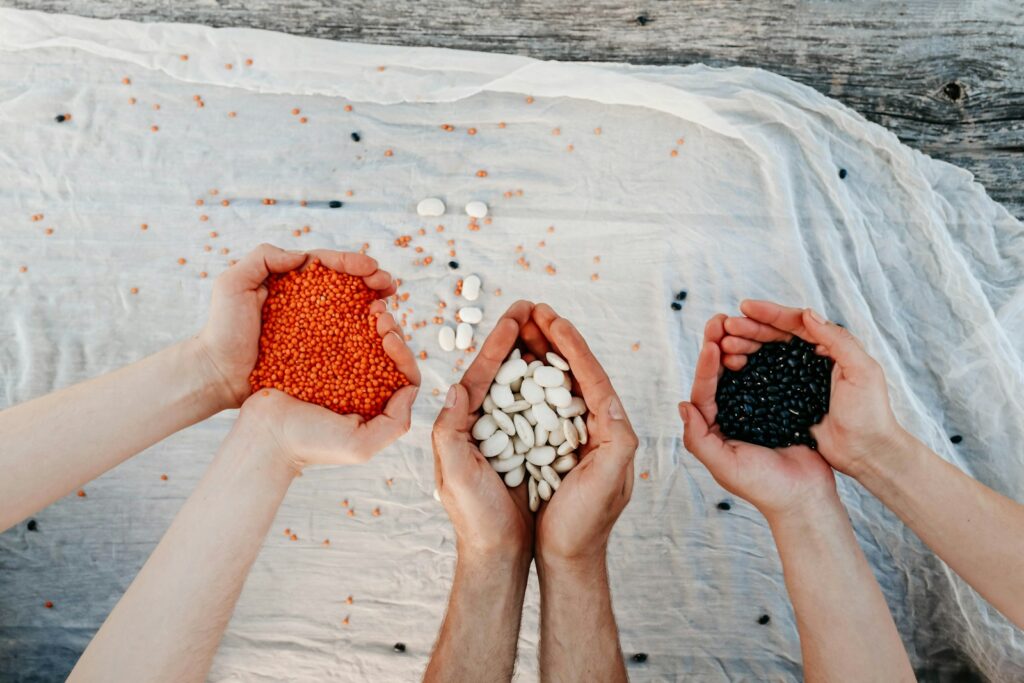
Protein is one of the most important nutrients that our body requires. And the easiest way to get protein is by consuming meat. But meat can get pretty expensive. You can replace meat with protein rich alternatives like eggs, cottage cheese, lentils, peanut butter, edamame, and tofu.
22. Make Your Own Soup

What’s not to love about soup? It’s tasty and fills you up. It’s also a great and inexpensive way to utilize the leftovers from your fridge.
21. Limit Your Trips To Store To Once A Week
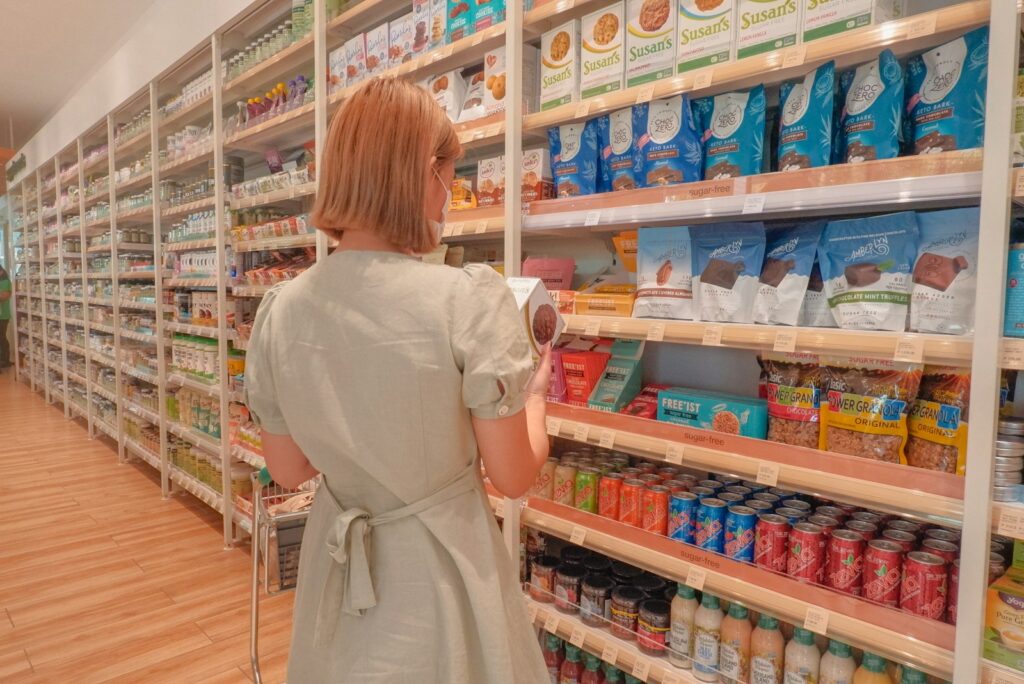
The best way to save money at the grocery store is to limit the time spent at the grocery store. Limiting your visits to the store to one trip a week will do wonders for your budget. If you buy in bulk, you could possibly only have to visit the store every two weeks.
20. Use Every Discount Available
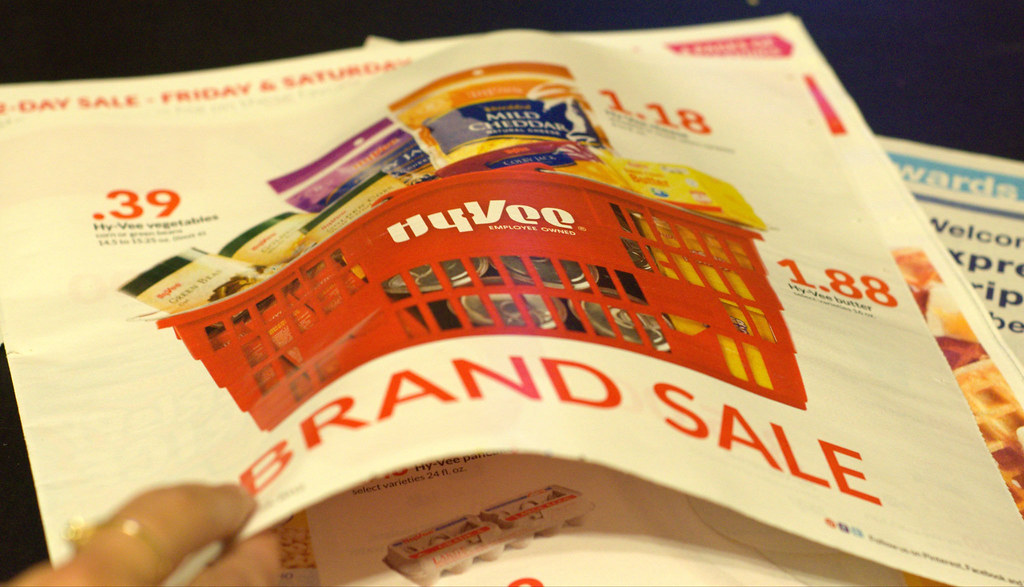
Using coupons, online deals, in-store offers, and rebates can save you 20% or more on your grocery bill. There are also numerous free apps you can use to do the leg work for you to seek out the best deals. Digital coupons can be scanned in the store right off your phone.
19. Purchase Markdown Items

You can save 50% or more by buying markdown items. These are usually items that are close to their expiration date. However, you can always freeze them right away which will keep them preserved until you’re ready to eat them. Meat and fish are two of the most common items where you can save big on markdowns.
18. Return Things
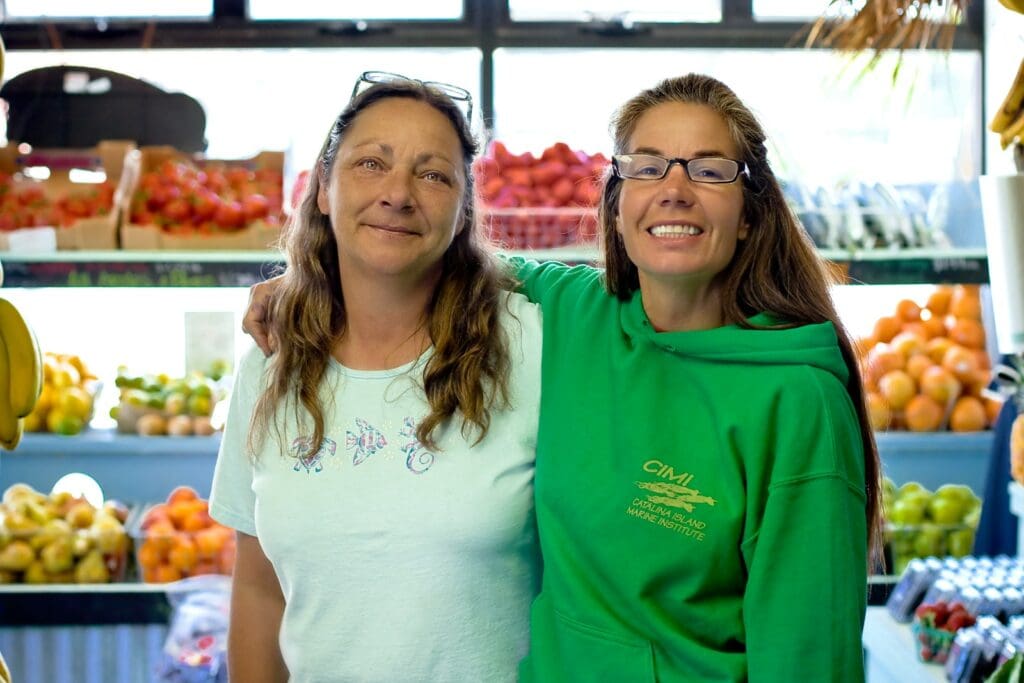
If you grabbed the wrong item and paid full price instead of getting the sale item you thought you were getting – take it back. If you bought your berries yesterday and they’re molded today – take them back. Managers at good stores are more than willing to process the occasional refund.
17. Switch Stores

Prices can vary widely between different grocery chains. The grocery store closest to you may be convenient but traveling just a little farther to a different store could more than cover the extra gas expense. For example, switching from Safeway to Walmart can save the family over $1,600 a year.
16. Avoid Prepared Items and DIY
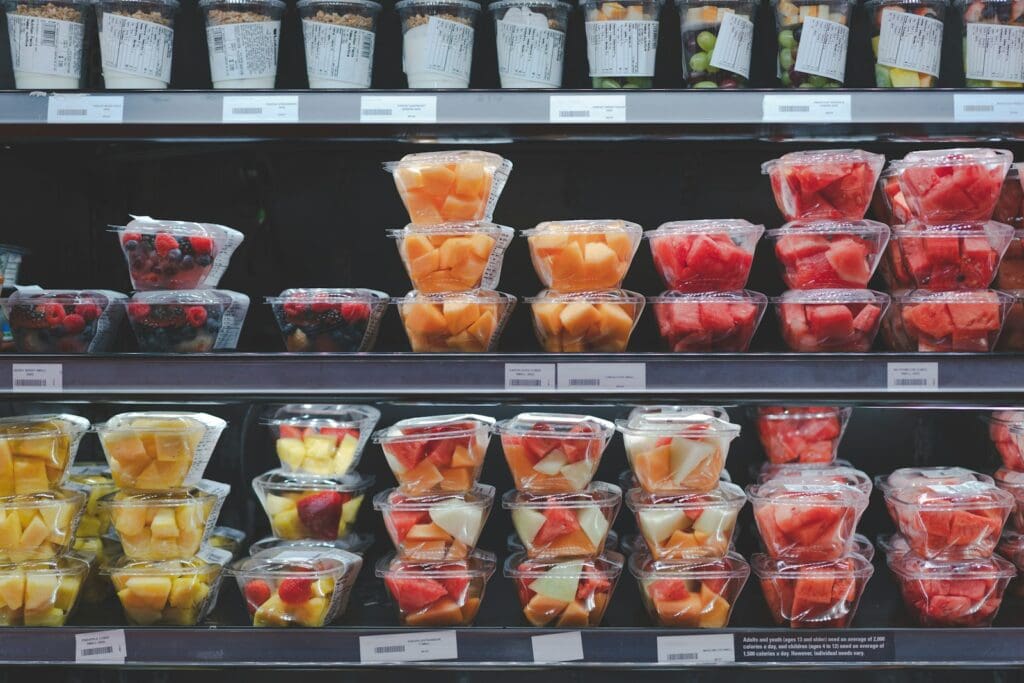
Prepared foods are among the highest-margin, most marked-up items in the grocery store. Many of these prepared items, such as dips, hummus, or dressings are surprisingly simple to make yourself. Items such as pre-peeled and pre-cut fruits, pre-sliced vegetables, and ready-made salad kits are notoriously expensive and are far cheaper to DIY.
15. Cheap Meat Is Just as Good for You and More Delicious
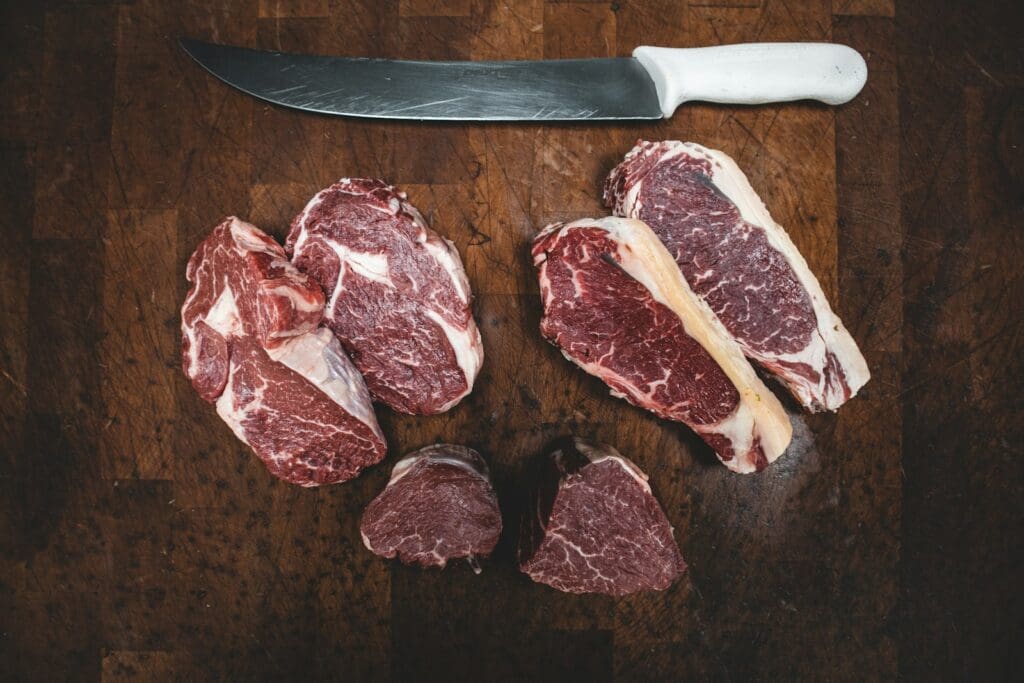
Buying the more expensive cuts of meat doesn’t mean you’re getting any better or more protein. You can get the same protein without the fat by purchasing the leanest hamburger. Cuts such as Top round steak (a.k.a. London broil), flank, chuck, and blade often offer more flavor than their expensive counterparts, though they might be a little tougher.
14. Batch Cook
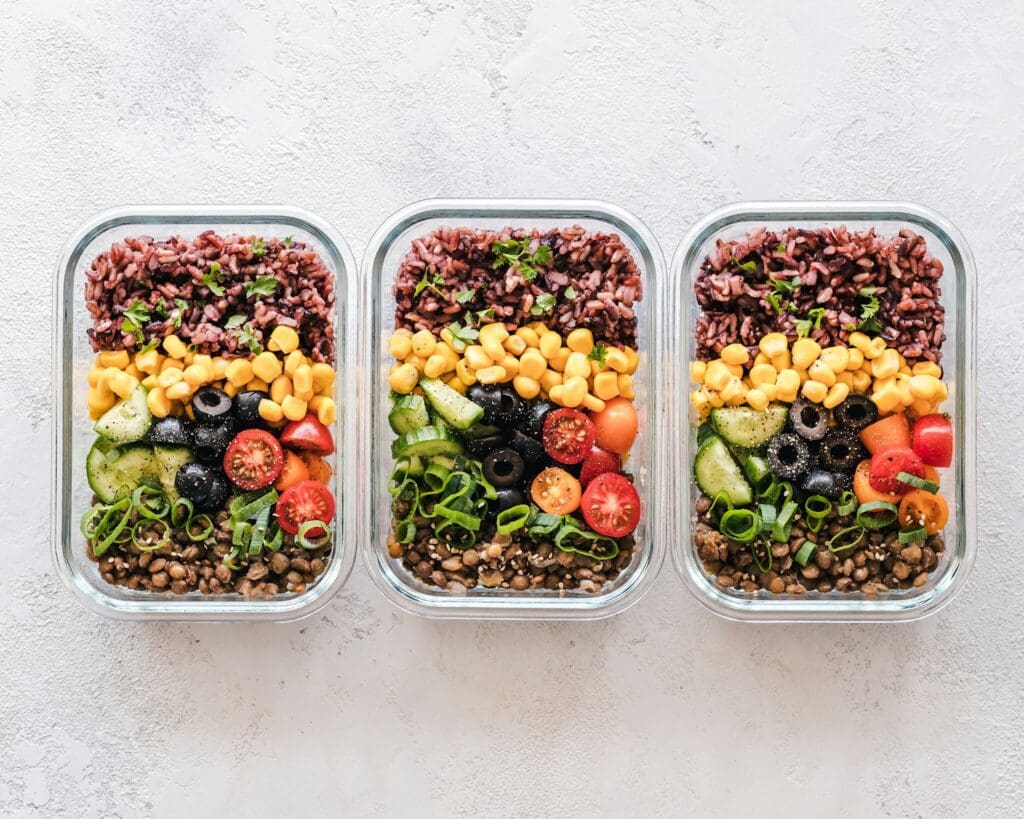
People commonly spend more money on preprepared, fast, and less healthy foods to save time. But you can save time and money by doing some “batch cooking” where you take a day to prep and cook food ahead of time, then freeze it. That way you always have ready-to-go food. This method helps you eat healthier and for less.
13. Throw Less Food Away
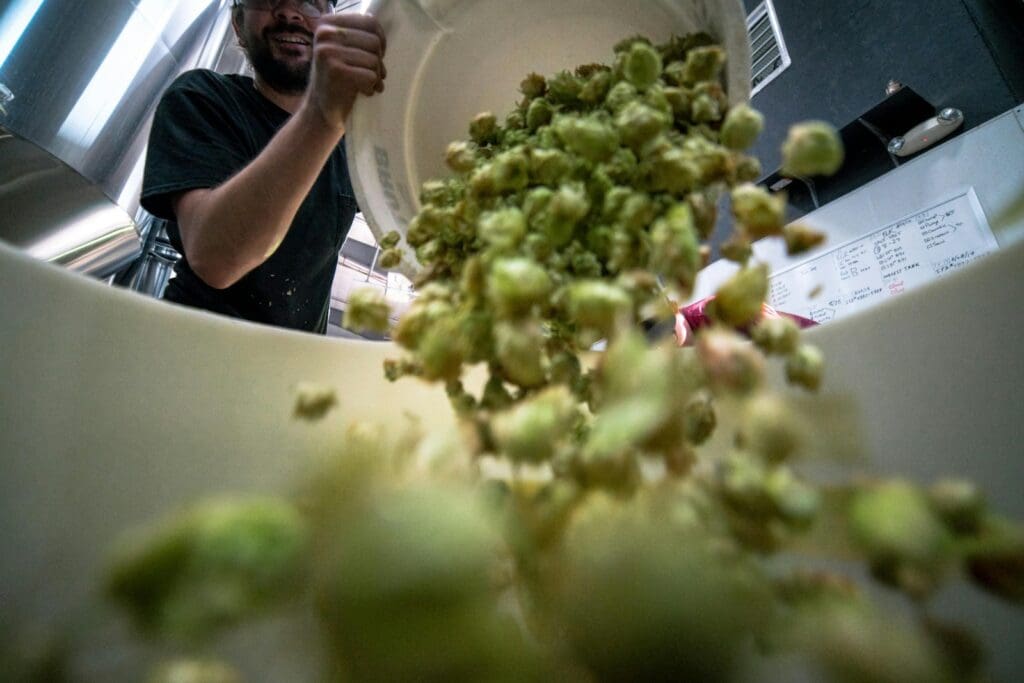
Around 40 percent of all food produced in the United States is thrown away. Avoid waste by purchasing only the amount you’ll need. At meals, serve smaller portions (especially to kids), and then dish out seconds as needed. Use tiny containers, if necessary, to save every bit of your leftovers. Try incorporating leftovers into other dishes.
12. Get Creative With Leftovers
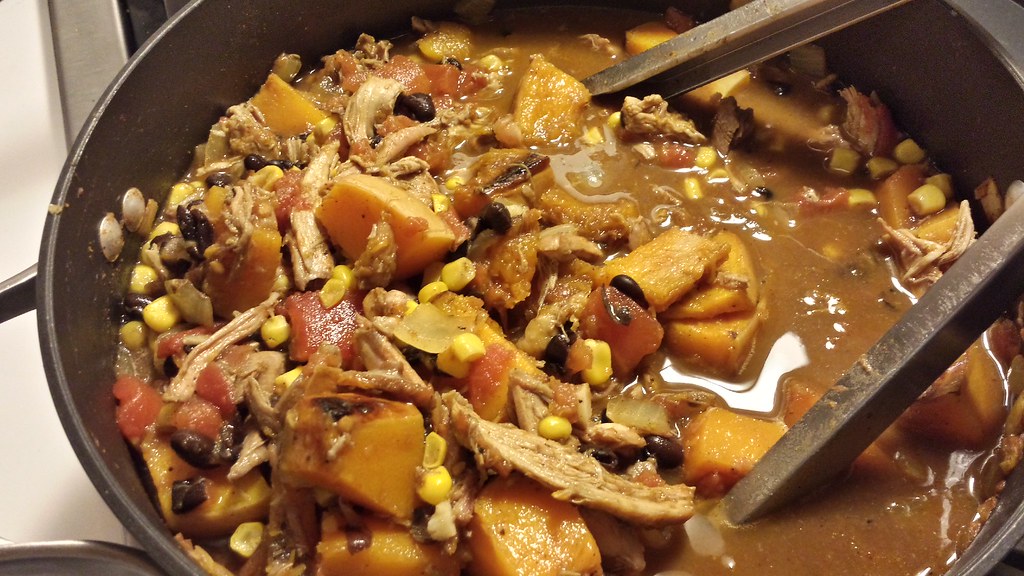
Restaurants are very creative at looking at what items they have in their refrigerators, freezers, and storage and featuring a “special” to move things before they spoil. Do the same thing at home. Get creative with your leftovers. Make casseroles or stews that combine whatever’s in your fridge. Add some spices and that leftover turkey to tacos or enchiladas.
11. Add Healthy Fillers
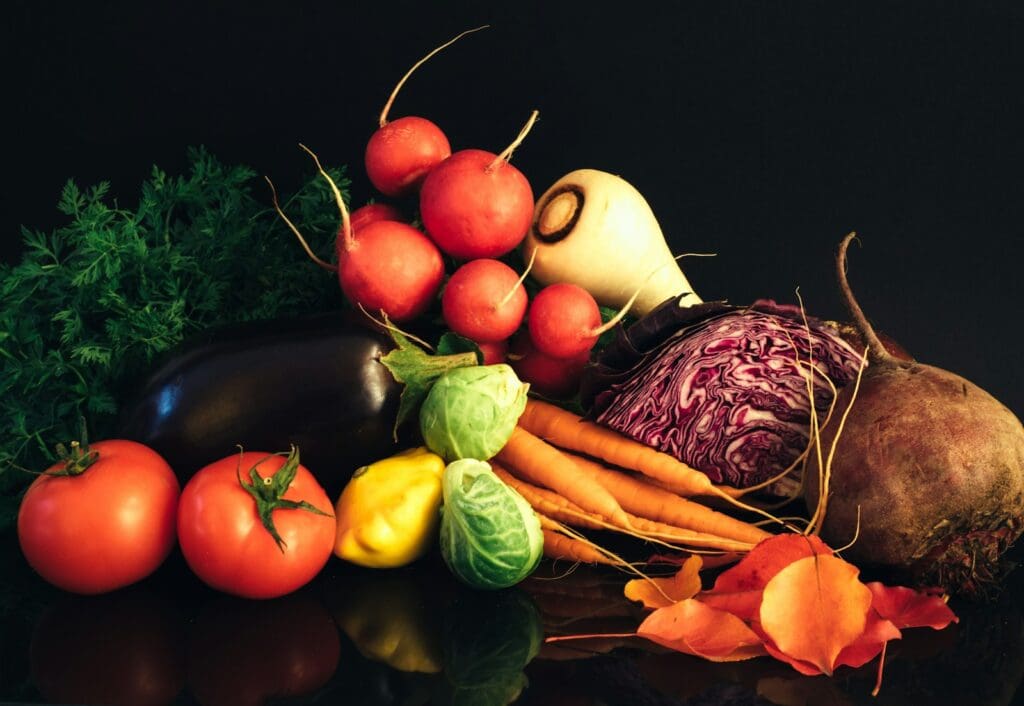
You can stretch out a stew with little effort, especially if you have a crockpot. Add inexpensive items such as beans, rice, frozen or canned vegetables, or fresh vegetables. The result is a hearty meal that covers most of your food groups and is loaded with proteins, vitamins, and healthy carbohydrates.
10. Rinse Out or Add Water to Containers
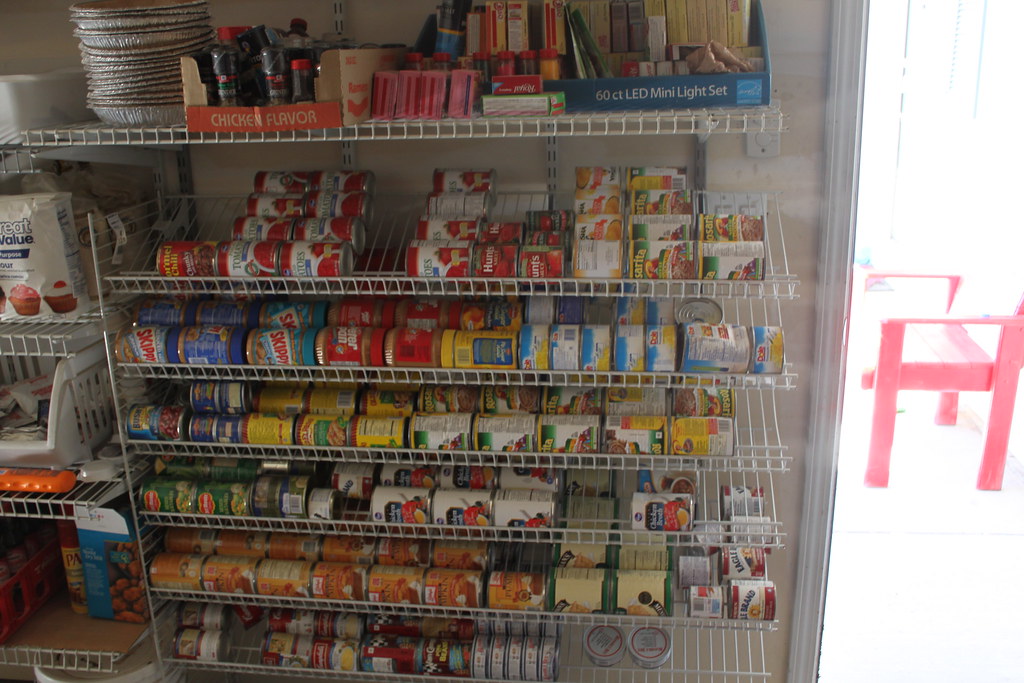
Add a little water to certain can items and swish it around to make sure you are getting every last bit of whatever’s in the can. The extra water will cook off. Add a little water to get more ranch dressing out of the container. The dressing will be a little thinner, but you’ll stretch your food dollar further.
9. Choose a Small Pet Over a Large One

If you’re thinking about adopting a pet, consider how each different type of pet will affect your grocery budget. For example, a large dog costs around $235 to feed annually, compared to a small dog at only $55, according to the ASPCA. A cat can run $120-$500 annually to feed. A fish is around $20 per year or less.
8. Avoid “Instant” Mixes and Cook From Scratch

“Instant” mixes of anything are another high-cost grocery item. Instant mixes for items like oatmeal, pancakes, grits, and practically anything you can think of that uses a mix, cost a lot more than doing yourself from scratch. You’ll not only save money but enjoy better-tasting, fresh ingredients without the preservatives.
7. Substitute Ingredients
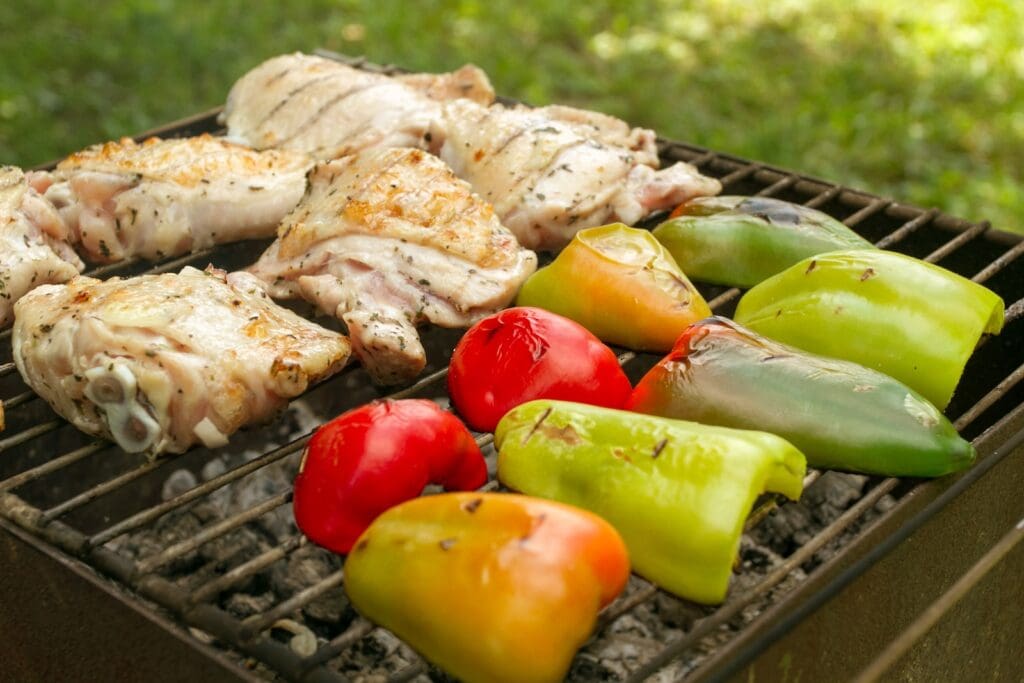
Certain expensive ingredients can be easily substituted with something more affordable without losing the general purpose, flavor, or texture they provide. For example, replace seeds for nuts and recipes. Use sunflower seeds or pumpkin seeds, which are far cheaper. Replace chicken breasts with chicken thighs. Use frozen vegetables or berries instead of fresh. Use a cheaper cut of beef.
6. Make and Bake Your Own Breads and Tortillas
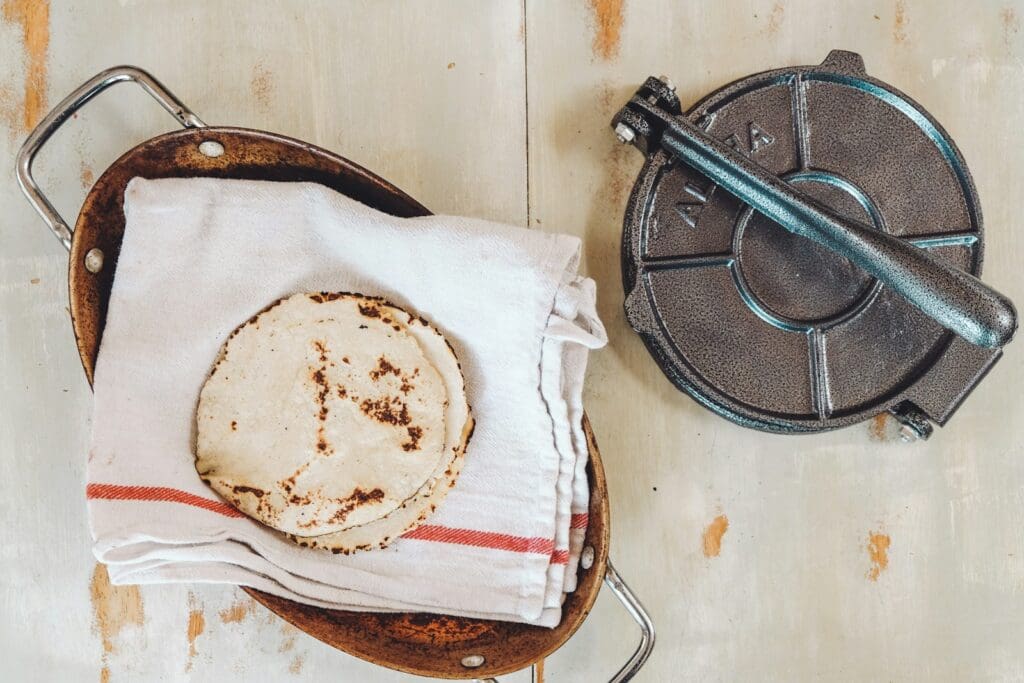
You can make and bake a variety of bread products for around half the price of even a low-end store-bought loaf. Not only will it be cheaper, but it will be far more nutritious and taste way fresher and more delicious. The same applies to tortillas. You can also make your own rolls, buns, pastries, and doughnuts.
5. Drink More Water Instead of Flavored Drinks

The cost of flavored drinks is astronomical. Juices are very expensive. If you can drink unsweetened drinks, tea is the least expensive but stains your teeth. The best and least expensive thing you can drink is water. Bottled water is costly too. Purchase a water filter to attach under your sink or buy a filtered pitcher you can refill.
4. Grow a Garden
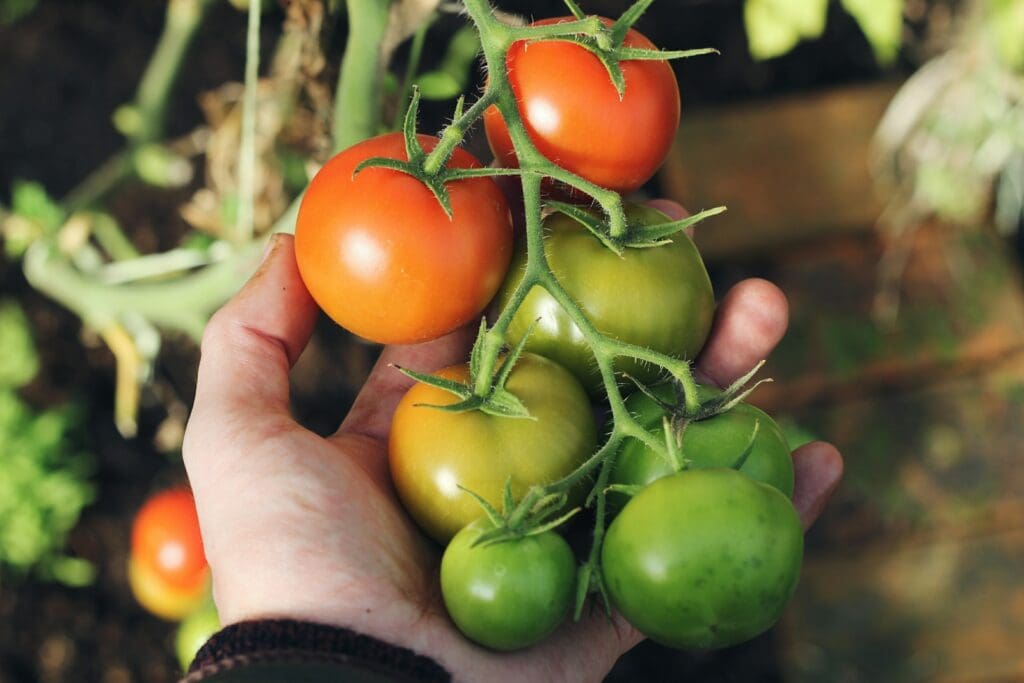
Even if you only have a balcony, there are items you can grow, such as expensive herbs, that can save you money. Your garden should be focused on plants that produce expensive items to save you the most on groceries. Just pay attention to how much you are spending on your garden so that it does not exceed what it costs to buy the item in the store.
3. Purchase in Bulk
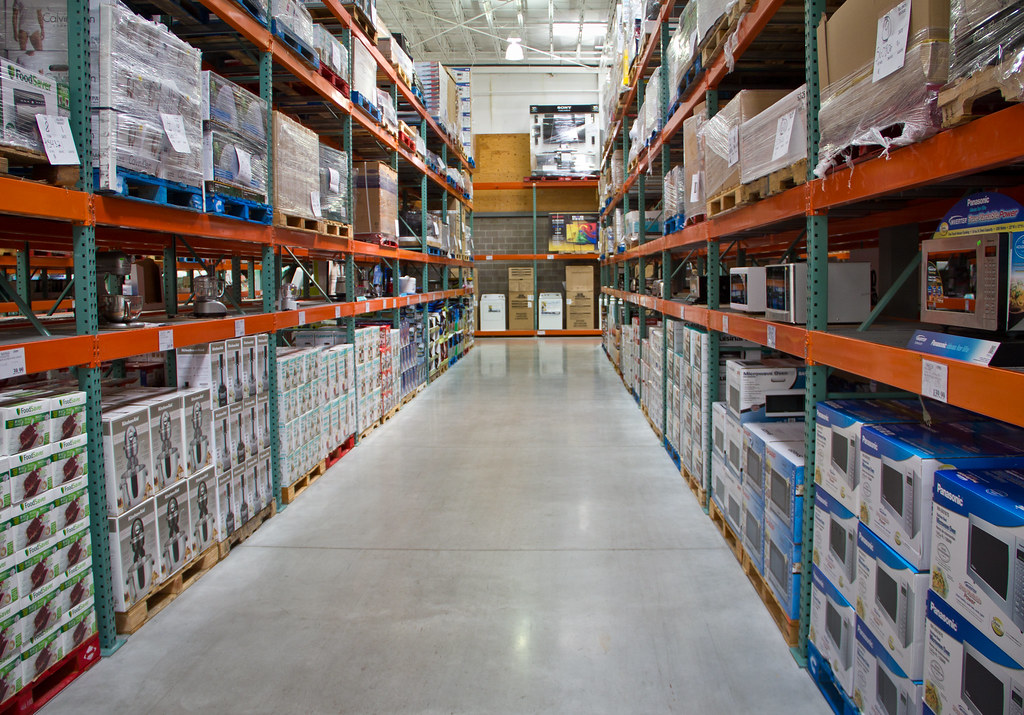
You can save a lot of money at bulk stores such as Costco on certain items you use regularly and items that won’t expire or you can store in airtight containers or have the space to freeze. Through a combination of smart shopping, and reading labels and expiration dates carefully, you can realize significant savings.
Read More: DO NOT Buy These Items at Costco
2. Focus on Value Foods
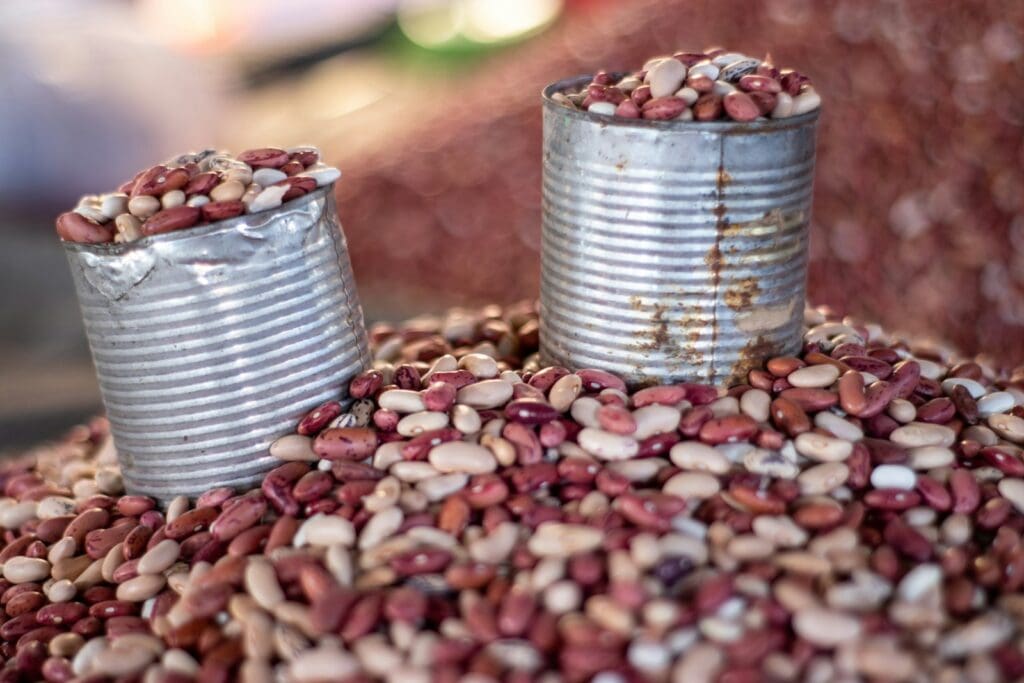
Simply put, value foods are those that offer the most nutrition per dollar. There are at least 50 healthy foods you can purchase that cost less than a dollar per pound. The list includes numerous vegetables, fruits, grains, legumes, rice, and pasta. For sources of protein, the list includes eggs, pork, chicken, turkey, and yogurt.
Read More: The 10 Most Overpriced Grocery Stores in the U.S.
1. Eat Less
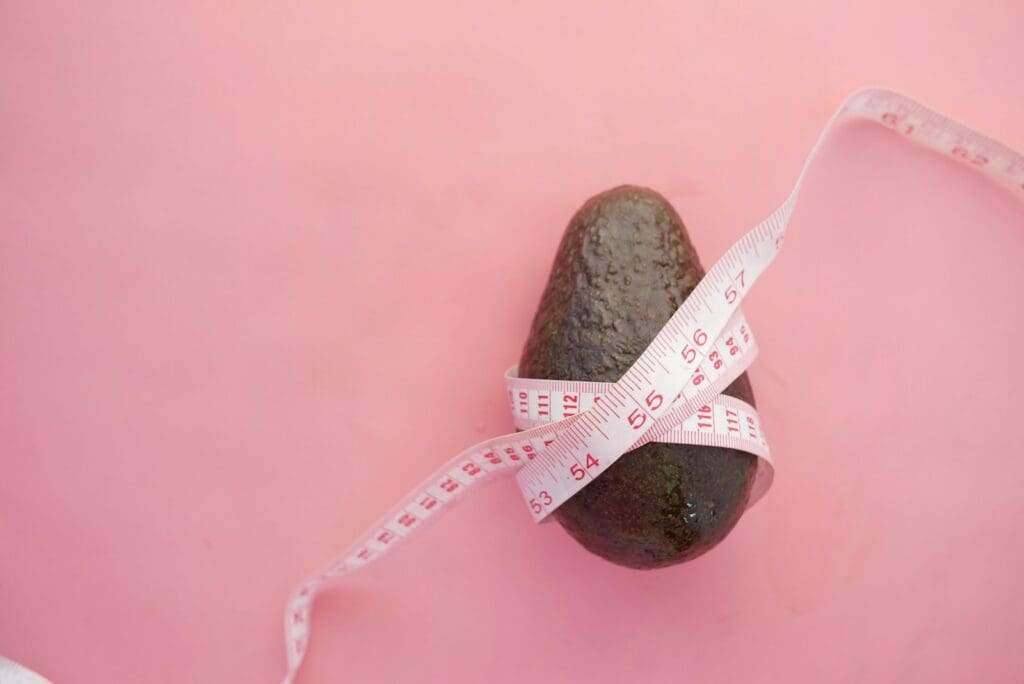
As of March 2024, statistics show that 31.6% of US adults are overweight, 39.6% are obese, and 7.7% are severely obese. Roughly 60% of Americans admit eating more than is good for them. With so many Americans needing to lose weight, the simple solution is eating less. This saves money on food and offsets the current high inflation on groceries.
Read More: 20 Grocery Store Rip-Offs You Should Never Buy








